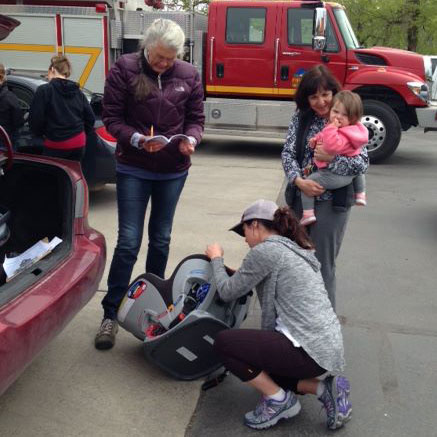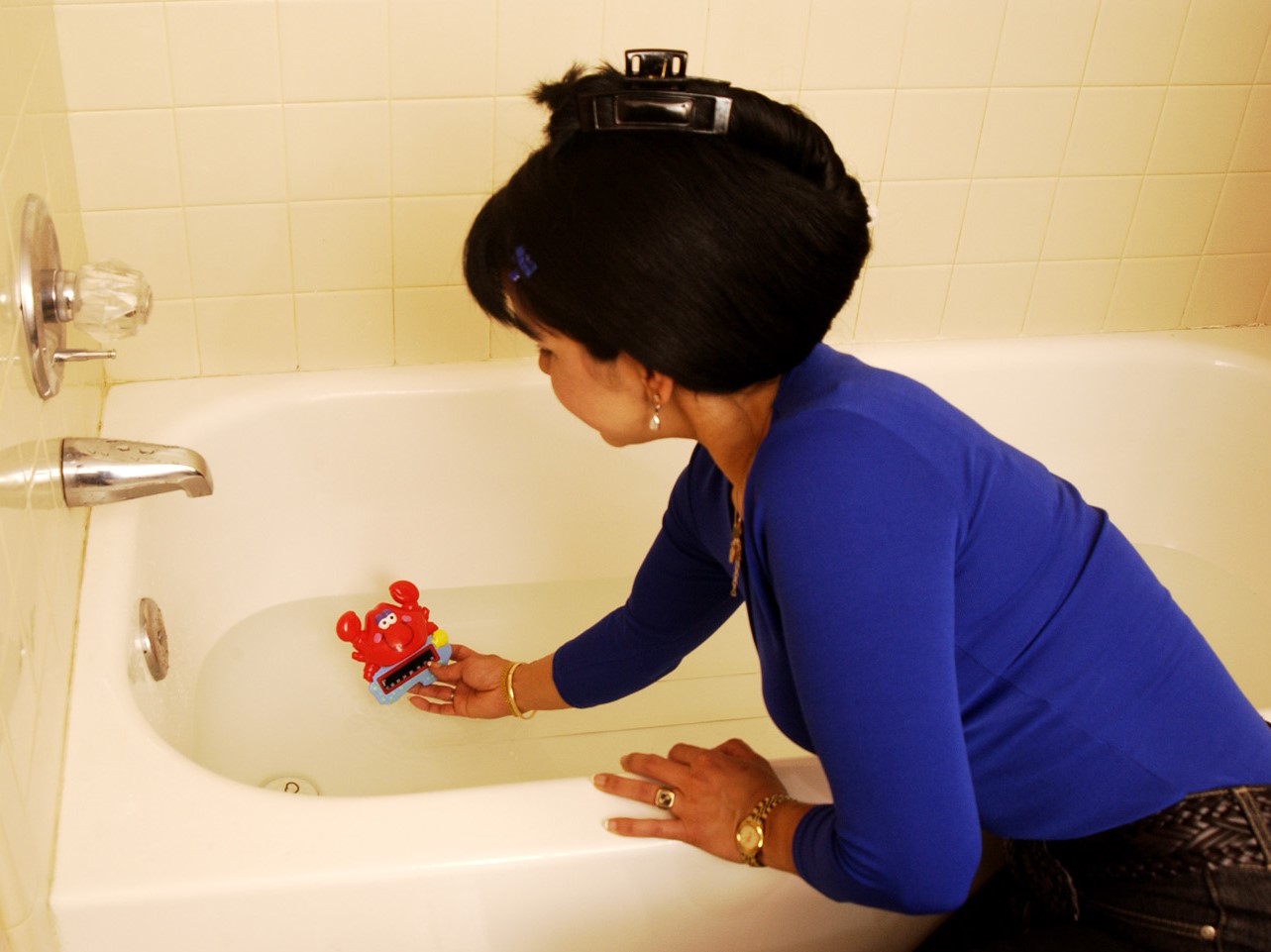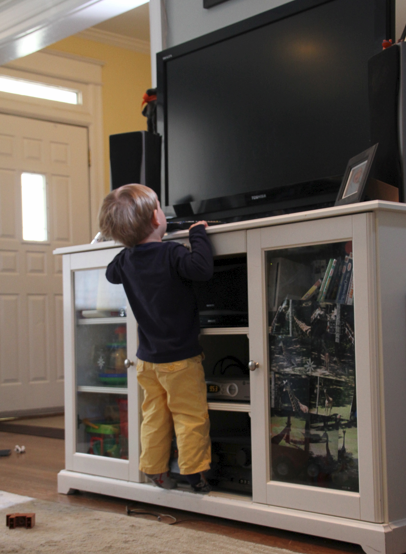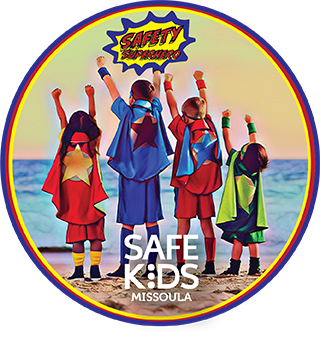Have you ever seen someone race a train to get across tracks? Or how about not stopping at a stop sign. Ever seen a crash between a train and a vehicle? Trains travel fast and take a much longer time to come to a stop that a vehicle. There are several ways that we each can keep ourselves and others safe. Operation Lifesaver has a plethora of information and this blogger wanted to share some of their tips as well as their website.
- Freight trains do not travel at fixed times, and schedules for passenger trains often change. Always expect a train at each highway-rail intersection at any time.
- All train tracks are private property. Never walk on tracks; it is illegal trespass and highly dangerous. It takes the average freight train traveling at 55 mph more than a mile—the length of eighteen football fields—to stop. Trains cannot stop quickly enough to avoid a collision.
- The average locomotive weighs about 400,000 pounds or two hundred tons; it can weigh up to 6,000 tons. This makes the weight ratio of a car to a train proportional to that of a soda can to a car. We all know what happens to a soda can hit by a car.
- Trains have the right of way 100% of the time over emergency vehicles, cars, the police, and pedestrians.
- A train can extend three feet or more beyond the steel rail, putting the safety zone for pedestrians well beyond the three-foot mark. If there are rails on the railroad ties, always assume the track is in use, even if there are weeds or the track looks unused.
- Trains can move in either direction at any time. Sometimes its cars are pushed by locomotives instead of being pulled, which is especially true in commuter and light rail passenger service.
- Today’s trains are quieter than ever, producing no telltale “clackety-clack.” Any approaching train is always closer, moving faster, than you think.
- Remember to cross train tracks ONLY at designated pedestrian or roadway crossings and obey all warning signs and signals posted there.
- Stay alert around railroad tracks. Refrain from texting, headphones or other distractions that would prevent you from hearing an approaching train; never mix rails and recreation.
Shared from Safety Near Trains | Operation Lifesaver (oli.org)



